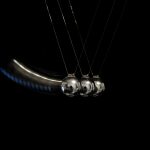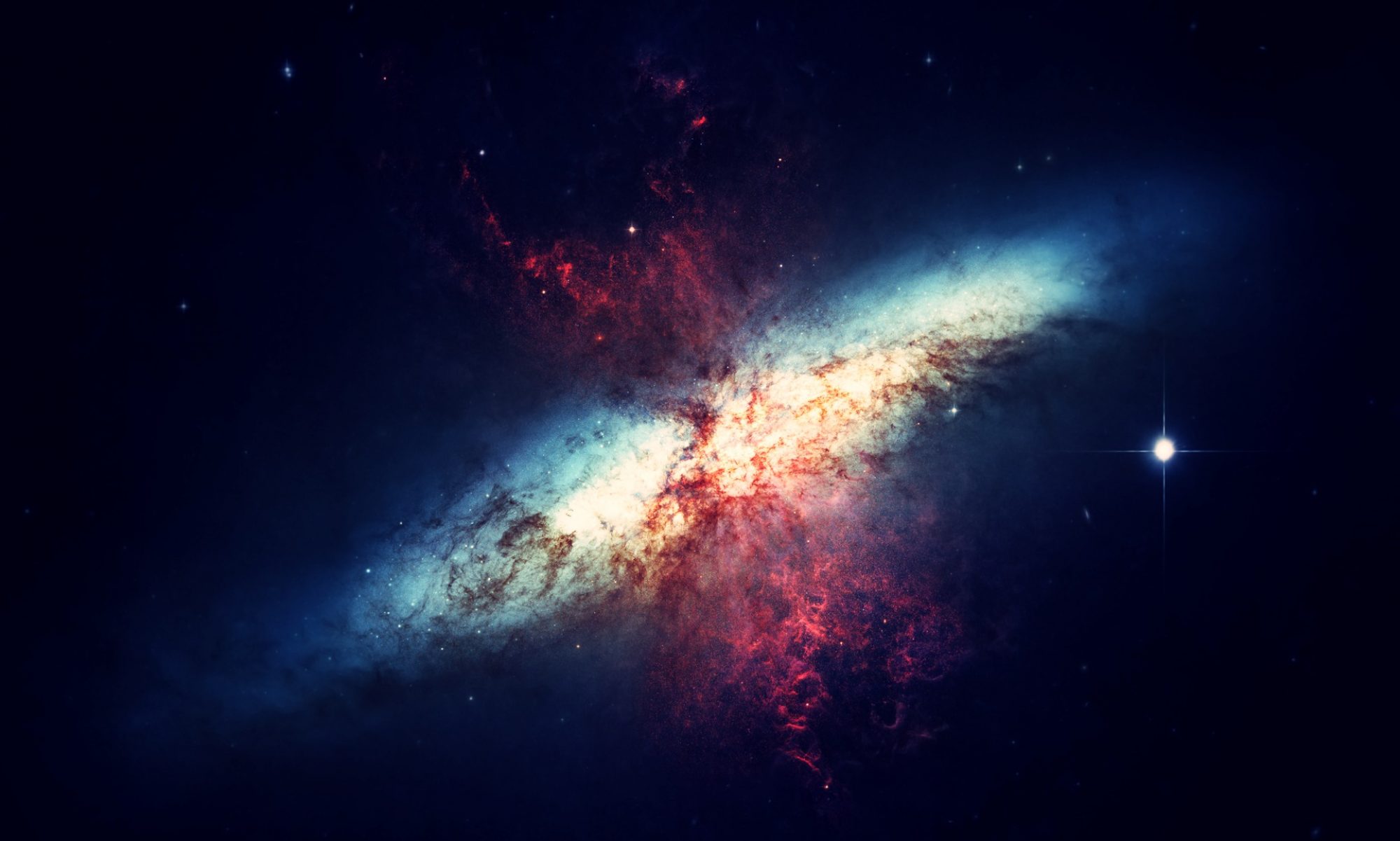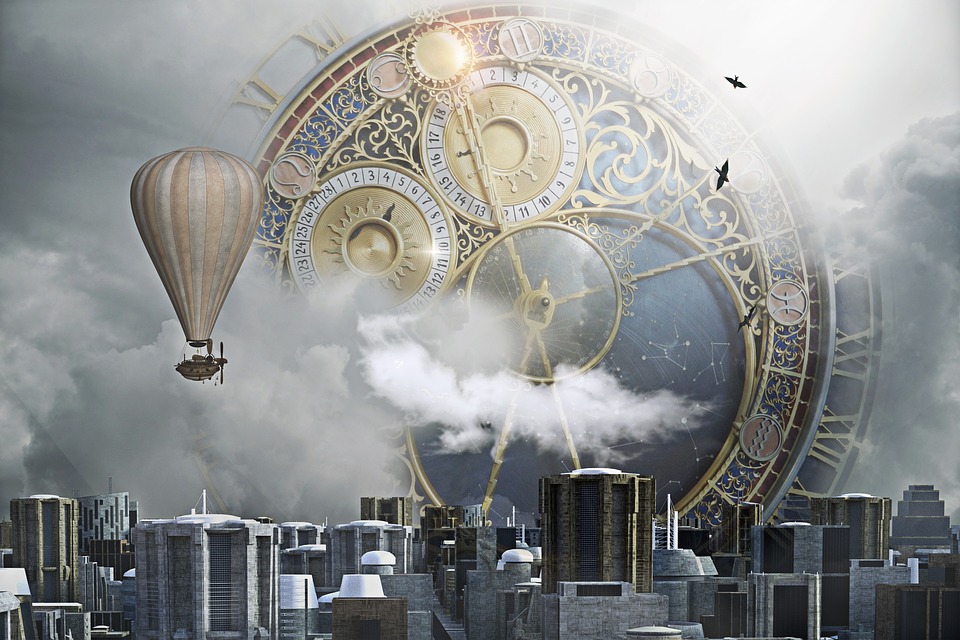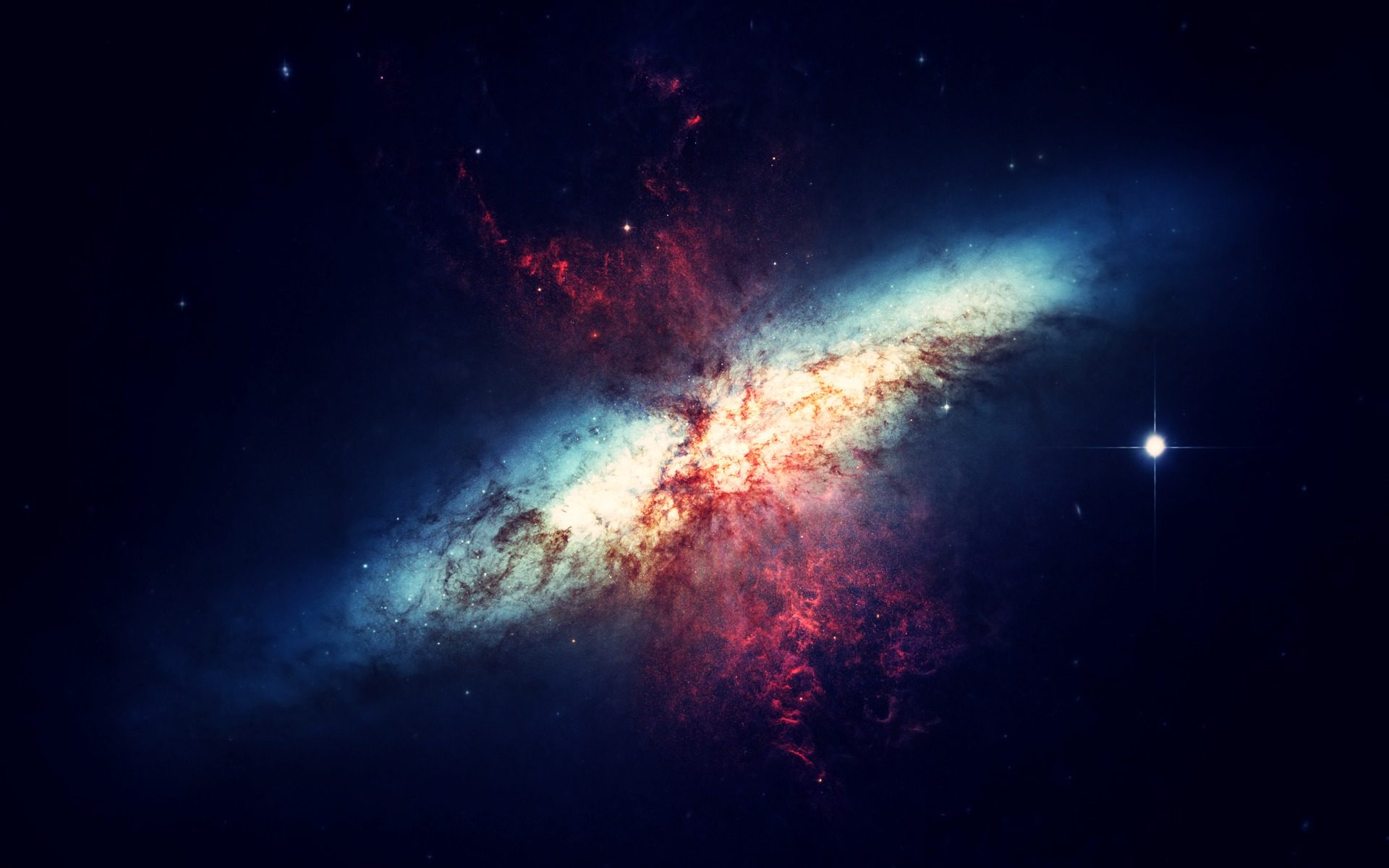Classical mechanics is the background of physical theories that explain our daily phenomena; machines running, planes flying, planets orbiting and etc.
Almost everything we know is moving. In fact, it is difficult to find infinitely static or stopped things.
In principle, we can think about all that exists, maybe our first approach to describe the universe is to draw a static infinity and dark space with bodies moving inside it.
To illustrate, you can imagine the universe as a pinball game, there are the rules, there are impossibilities, there is the body moving and interacting with the ambient.

Similarly, is the classical view of mechanics. We suppose the existence of a static point of reference in the universe (the First Newtons Law). From this static and non-interacting point, the inertial frame, we compare all the bodies movement. Incidentally, it is unnoticed and singular that this static point is arbitrary and inaccessible. Because of that, we have the principle of relativity over reference frames:
If you are stoped in relation to an inertial frame of reference, you are moving in respect to another.
The mathematical description of mechanics
Mathematics was the main responsible for the growth of physics. Before writing about mathematics, we should talk shortly about space and time. It is important because any object moves in space over the time.
- Space is the place where everything physical is in. On that view, the distance between objects can be described by geometry.
- Time is the flow of events, in each time an object is in a point of the space. Normally, time is quantified through some clock.
Under those circumstances, if space is a set of points and time is a quantifiable set of numbers, for every time there is a point in space. Mathematically, we call it a function. Then, every single object in the universe has a function that defines its movement.

The task of physics is to find any function, that I will call the trajectory of a body. In this way, objects in nature appear to interact themselves. For example, every time you throw a ball at the floor, it kicks, rises up, back down, kicks again, and do it repeatedly until it stops. Then, the ball looks to interact with the floor and with something that is responsible for the fall.
The date with causation
It is intuitive that our universe has a complexity of effects and causes. In order to maintain this principle, there is the Second Newtons Law. According to this law, objects act with forces in one to another, and the action of a force causes a change in the movement of the object that depends on the object mass. Then, we have introduced a property called mass. In mechanics, every object should have a definite mass, it quantifies how the object reacts to an interaction.
The interaction between objects can happen through contact or by distance. Most of the interactions we fell daily are apparently by contact (really, they are electromagnetic interactions).
Finally, natural phenomena can be described by the addition of Newtons Third Law:
If an object acts with a force to another, it received a force with the same intesity and oposity direction.
Nowadays, when using classical mechanics the most interactions can be reduced to gravitational, electromagnetic and strong. I will talk better about those forces in another post.
A purpose in the universe
Before Newtonian mechanics, there was a principle commonly used in practical optical theories; a principle of minimization. It was used in ancient Greece and Rome. Rigorously, it was developed by Fermat in the XVII century and by Maupertuis and Euler in the early 1700’s.
Especially, it was used to derive Newtonian mechanics and nowadays is responsible for most modern physical theories. In this sense, this principle is a fundamental law of the universe. The universe has the purpose of extremize things.

That is the principle of least action:
The real path of a body is the one which minimize the action.
In classical mechanics, the action can be seen as a propriety of the universe. In all possible universes, the universe where the action is the smallest is the real one.
To be brief, as Newtonian mechanics supposes metaphysical entities like inertial frames, the least action principle supposes a non-interacting finite closed system; the universe.
A view of possibilities

As a final point, the final view of classical mechanics leads to quantum mechanics. It was the abstract Hamilton mechanics.
By contrast with Newtonian mechanics, the focus of Hamiltonian mechanics was not the path, but the state of a body or system. The state of a system can be defined by two independent coordinates of a phase space for each particle, one is related to its position, another to its energy.
In this way, a system can be described by a set of possibilities involving a six-dimensional space, where three dimensions are spatial and the others are called momentum. Using those possibilities to describe a statistical system leads to controversies in the XIX century. Consequently, those problems lead to the development of quantum mechanics in the XX century.
Things here are much more abstract, and sometimes the beauty of mathematics is needed. But don’t lose hard, optics will be the subject of our next post.


